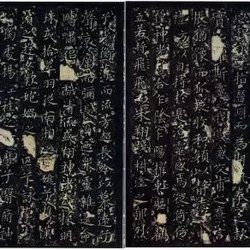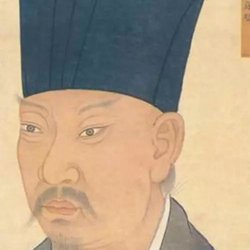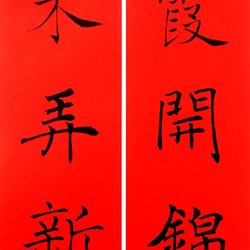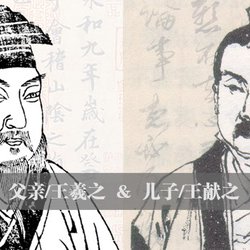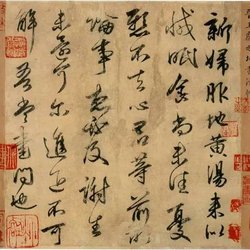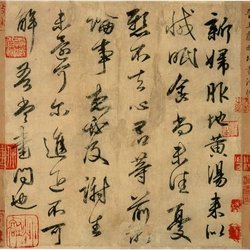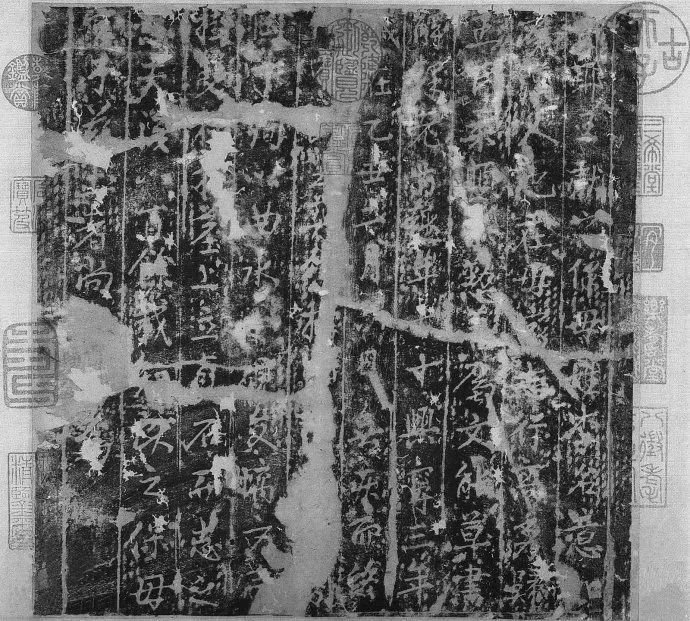
Wang Xianzhi's "Nanny's Note" was in the collection of the Qing Palace. After its dispersion, the text and part of the inscriptions and postscripts were kept in the Freer Museum of Art (Zhao Ziang, Guo Tianxi, Dong Qichang, Xu Shouhe, etc.), and most of the inscriptions and postscripts were kept in the Palace Museum (Jiang Kui, Zhao Ziang, Zhou Mi , Qiu Yuan, Xian Yushu, etc.).
Although the original post cannot reproduce Wang Daling's natural style, and few people pay attention to the post, but... the following inscriptions and postscripts are better than the others, and they are brilliant! The most famous is undoubtedly the following inscription and postscript by Jiang Baishi, a great poet in the Song Dynasty.
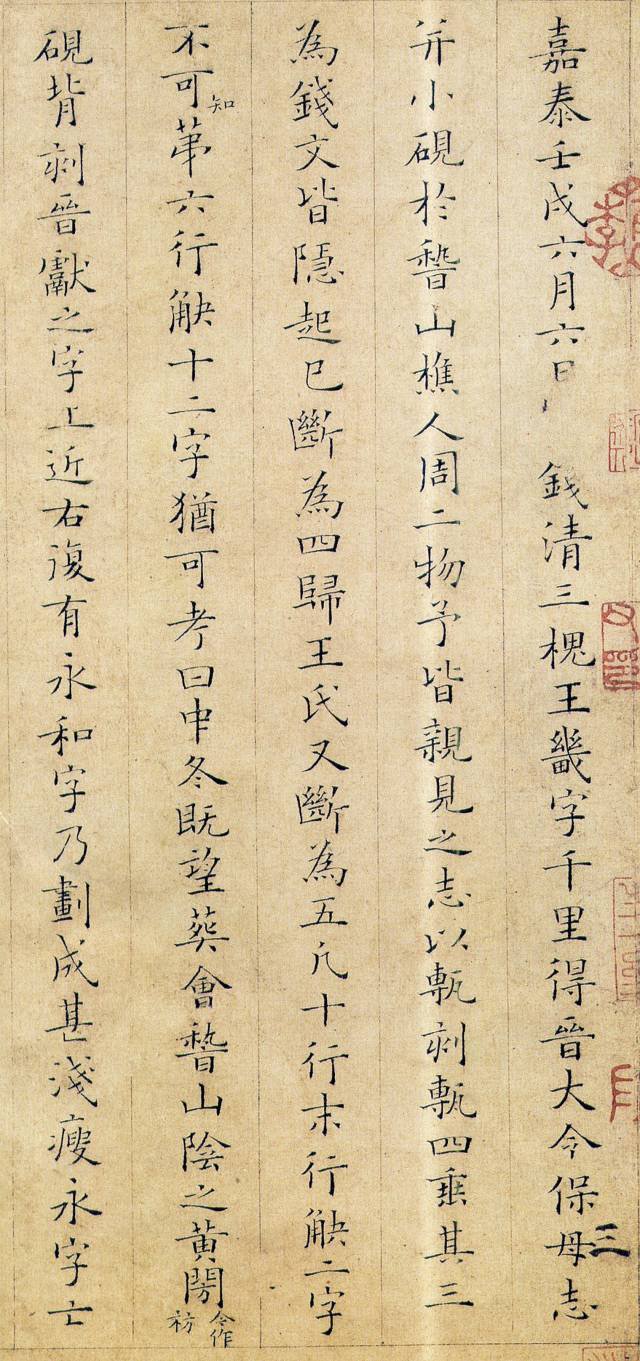
The most famous is undoubtedly the inscription and postscript by Jiang Baishi, a great poet in the Song Dynasty.
Jiang Kui's "Postscript to the Nanny Posted by Wang Xian", small regular script. Paper, 316 mm, 101 lines in total, now in the Palace Museum. Jiang Kui has few ink records handed down from generation to generation.
Jiang Kui "advocated the Jin Dynasty and demoted the Tang Dynasty" and opposed popular books, which was consistent with Su Dongpo, Huang Tingjian, Mi Fu and others who advocated literati taste. However, he did not deny the "Tang Fa" out of hand. Instead, he devoted a lot of space to a systematic and comprehensive discussion of the "Fa", and extended the "Jin Yun" ancient method from affirmation and explanation. He didn't leave much of his legacy. It can be seen from the "Xiaokai Postscript Wang Xian's Nanny Note" that his calligraphy originated from the work of the two kings. His penmanship is exquisite, elegant and handsome. It is also influenced by the calligraphy style of various calligraphers in the early Tang Dynasty. It does not follow the customs and is fresh and refined.
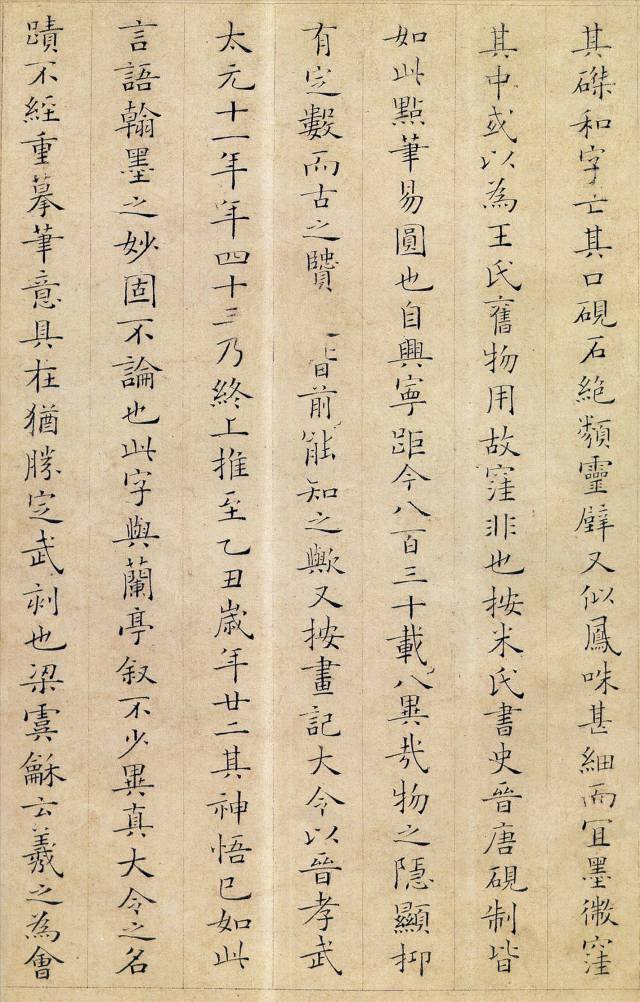
The explanatory text also conducts textual research on Wang Xianzhi’s post:
On the 6th day of the sixth month of Renxu in Jiatai, Qian Qing Sanhuai Wang Ji, whose name was Qianli, obtained the "Nanny Chronicles" written by Daling of the Jin Dynasty and studied it briefly in Zhou, a woodcutter in Jishan. I saw both things in person. The ambition is carved with bricks. The bricks hang down on four sides, and the three of them are money inscriptions. They are all hidden and broken into four. Returned to the Wang family and broken into five pieces. Every ten lines. The last line is missing two characters, which means it cannot be known (note, note next to the word "zhi" in Yuan's trace). There are twelve characters missing in the sixth line, but it can still be verified, saying: "Looking forward to the mid-winter, bury Huang
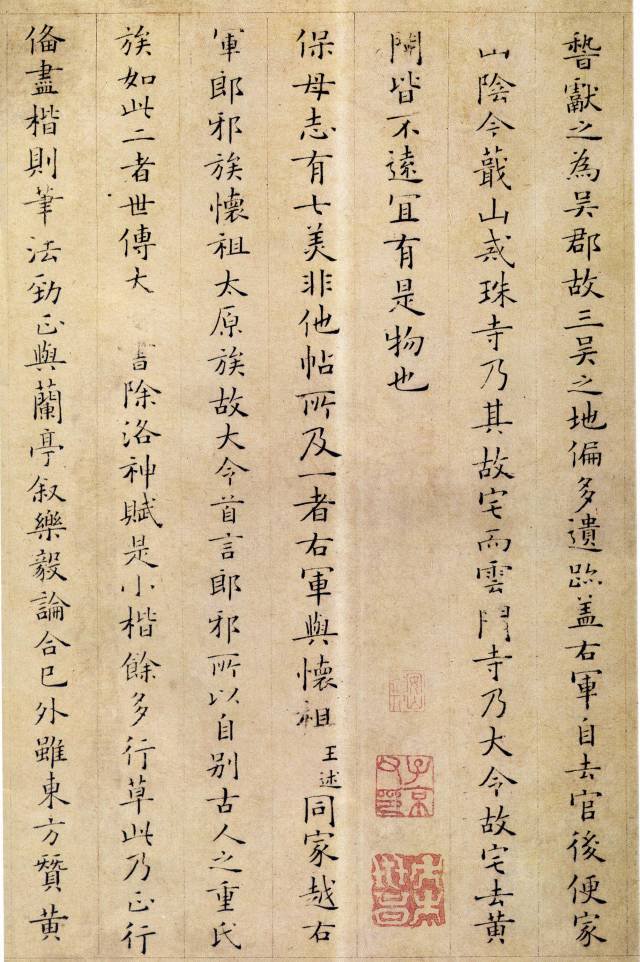
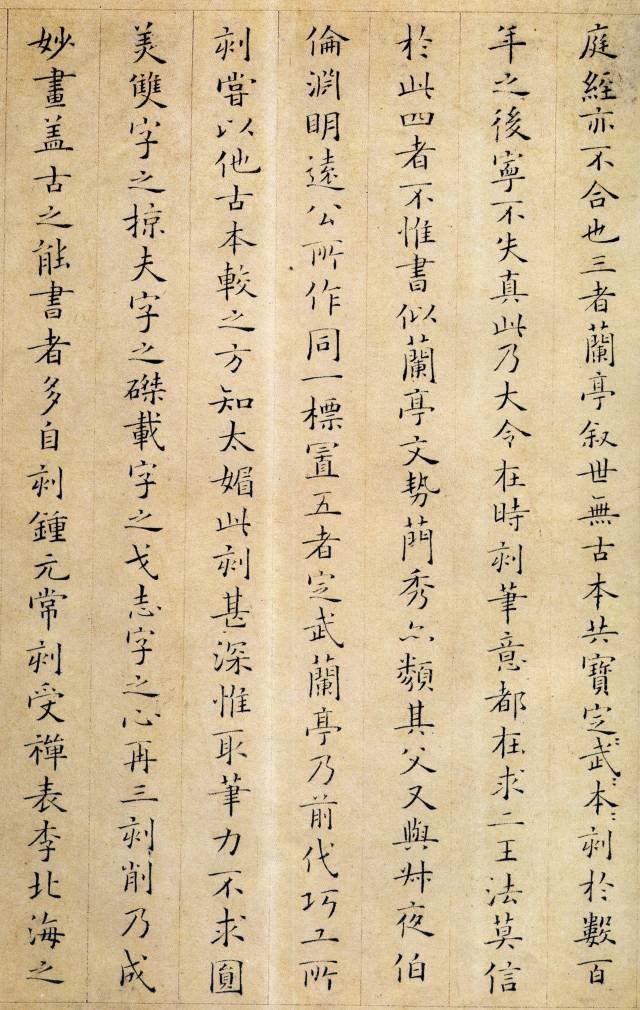
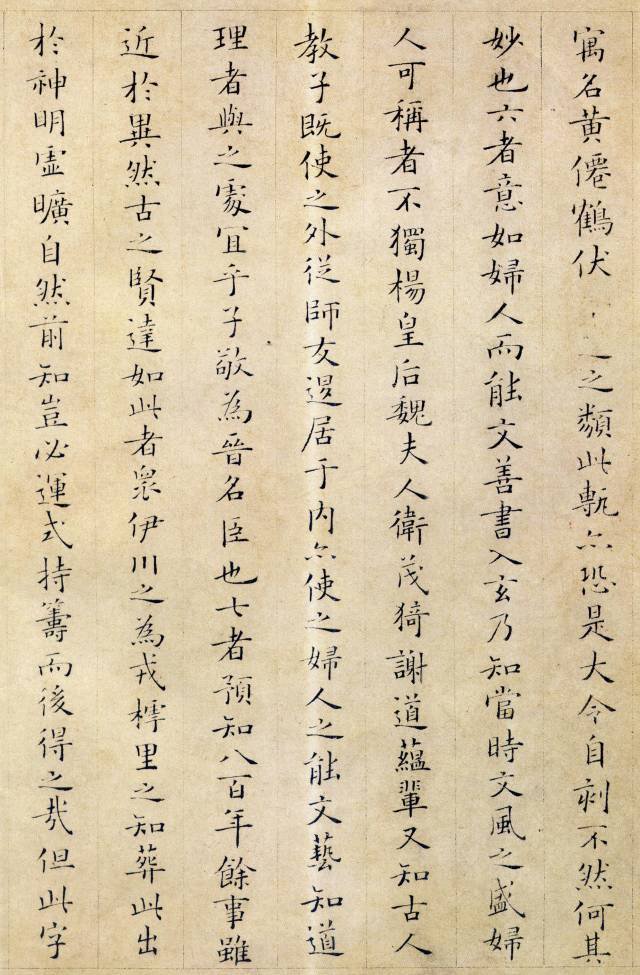
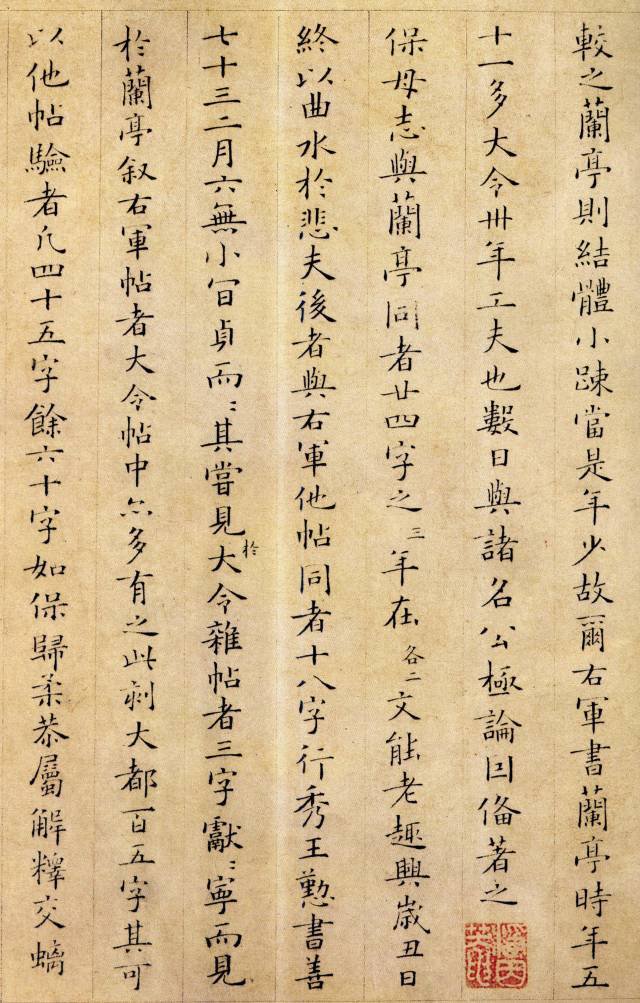
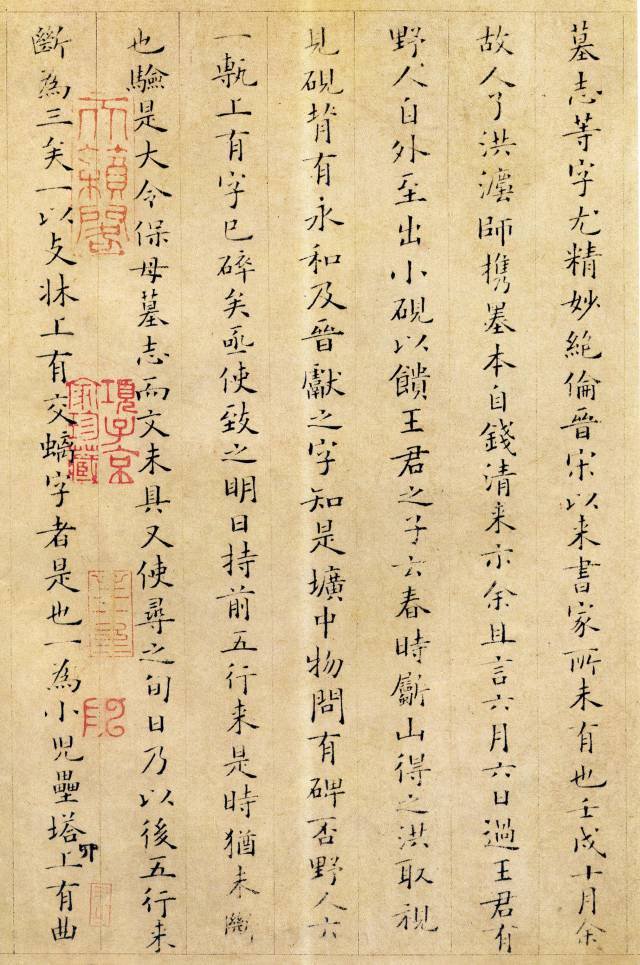
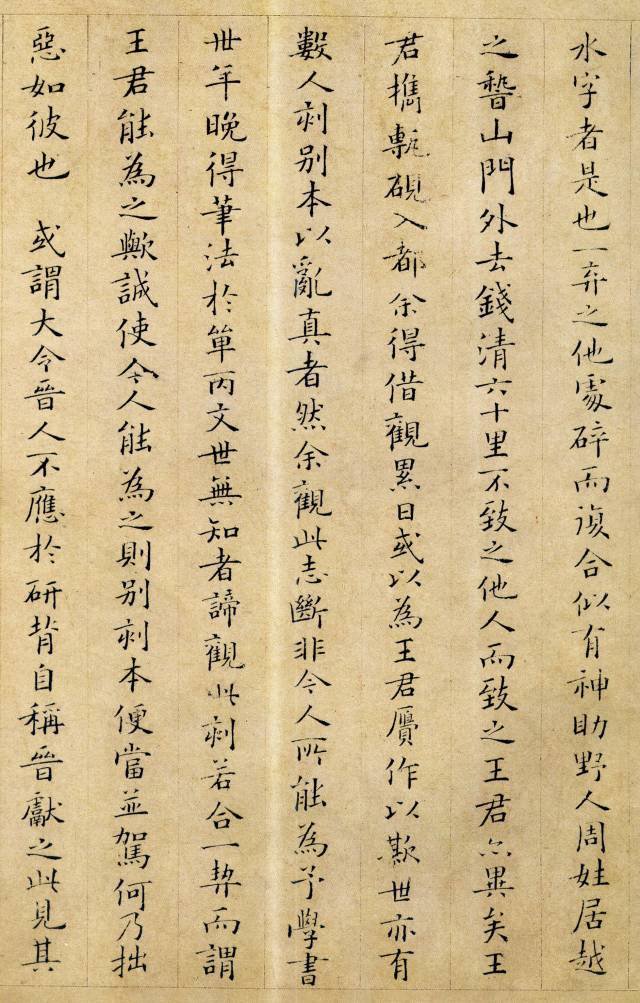
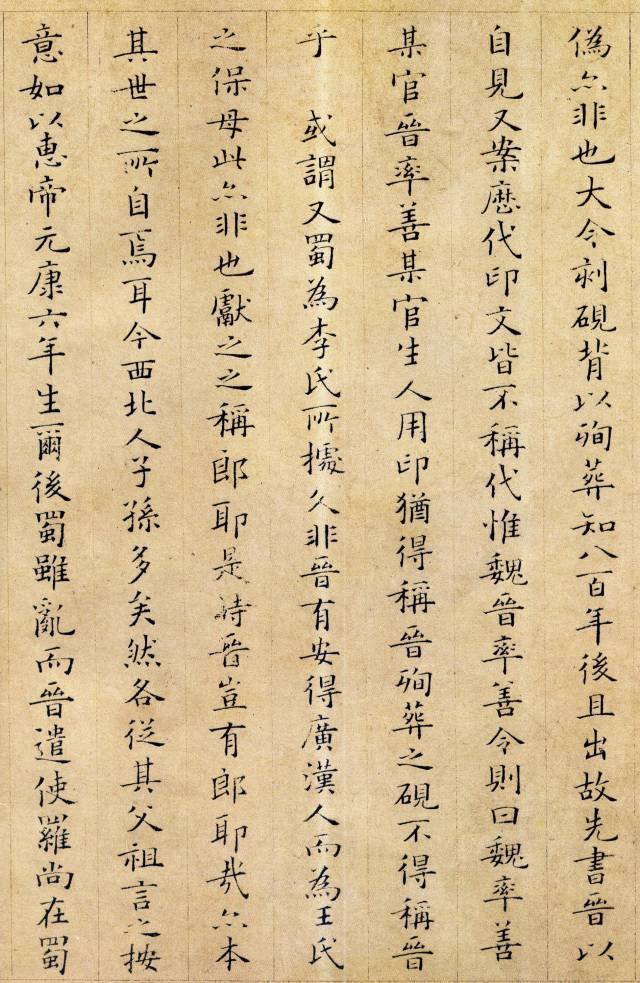
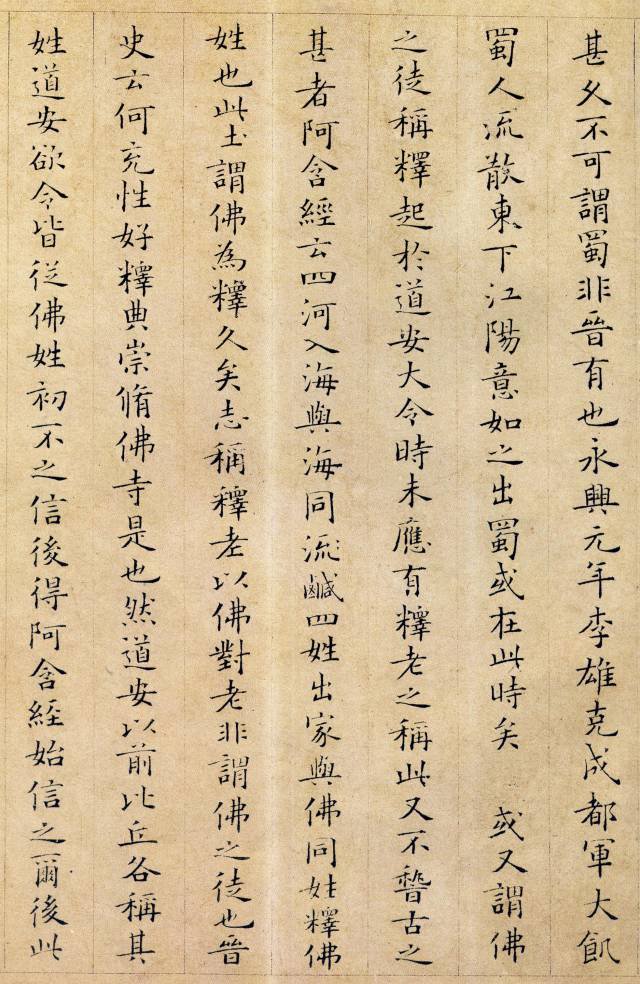
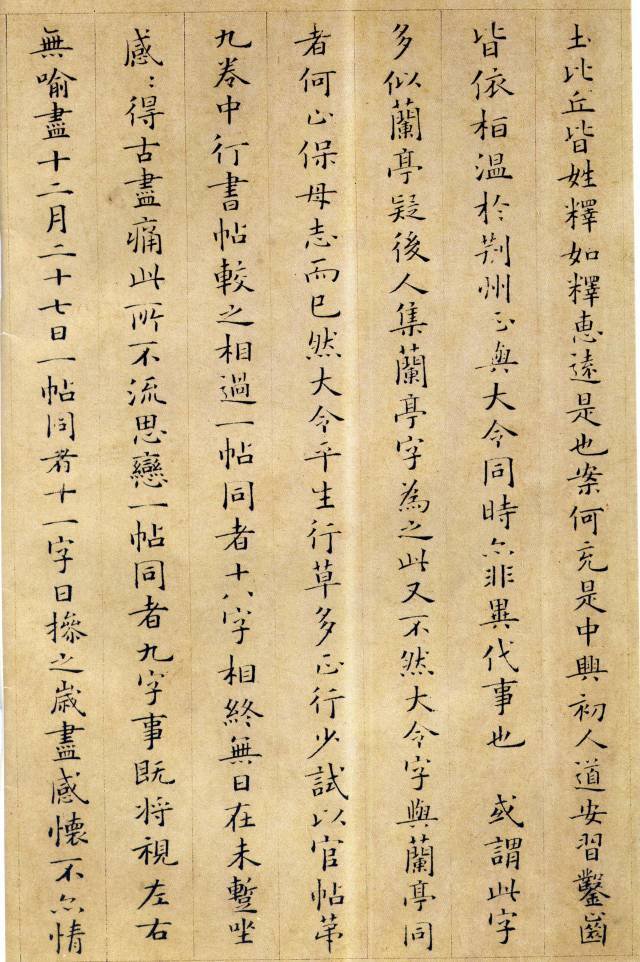
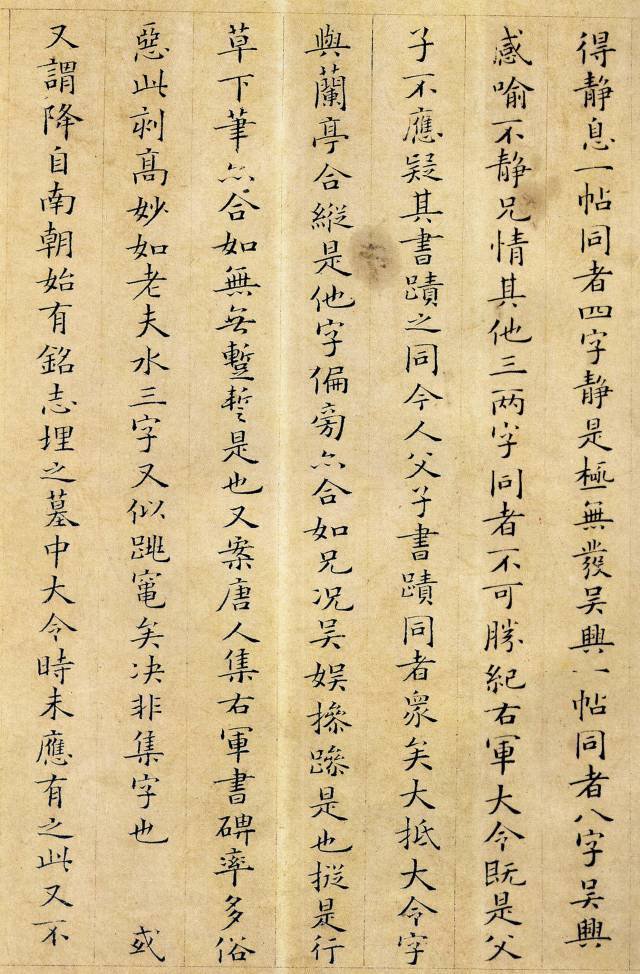
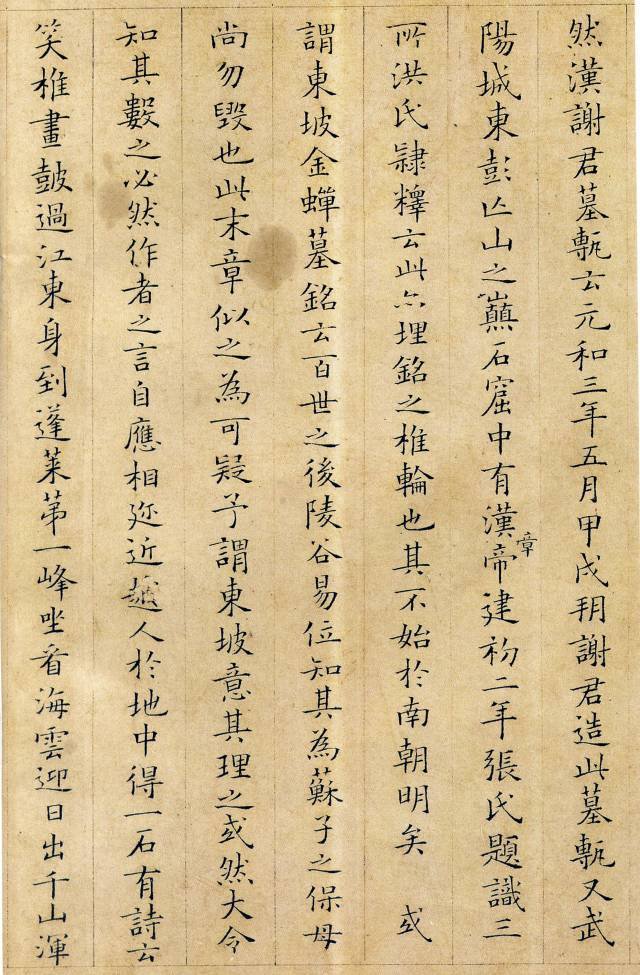
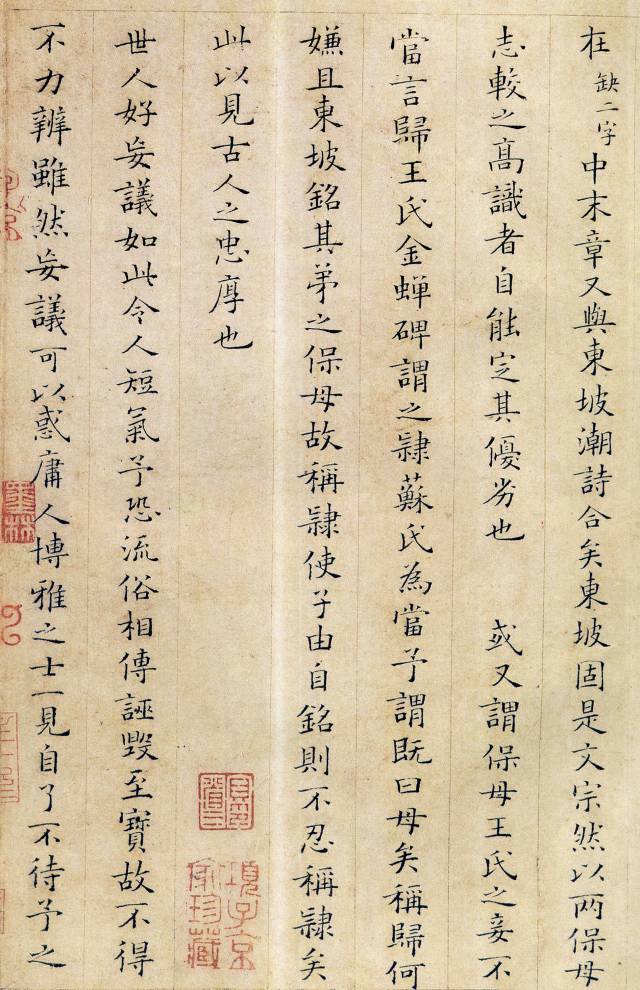
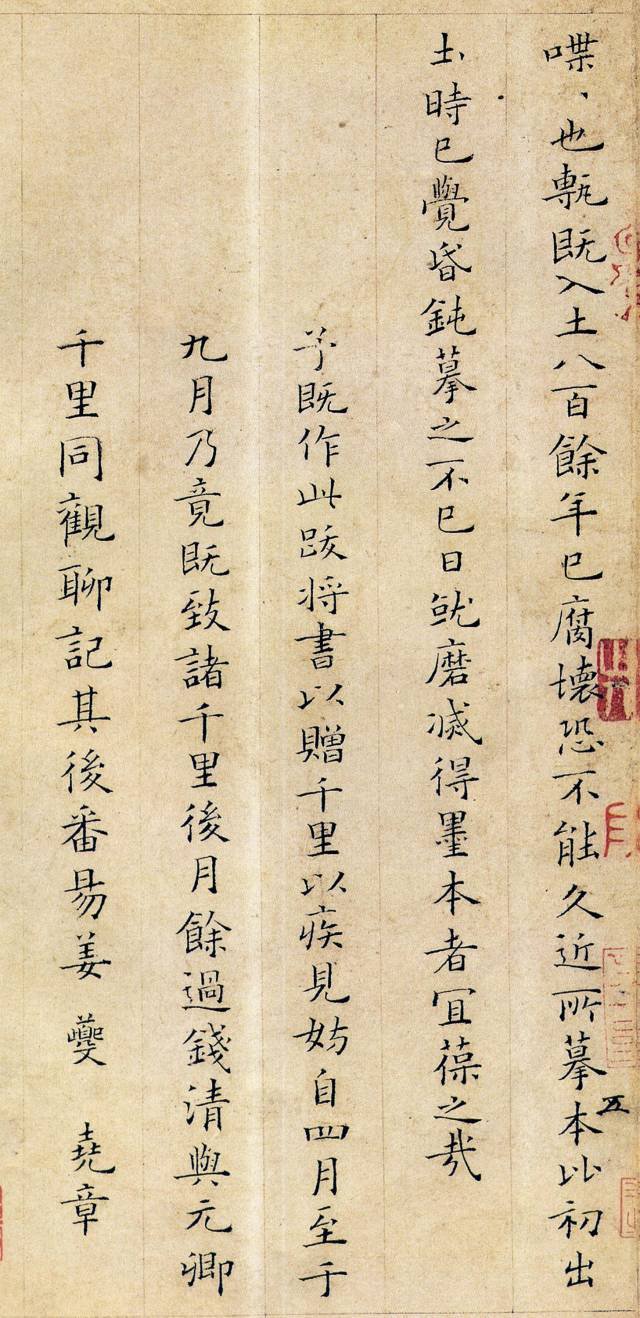
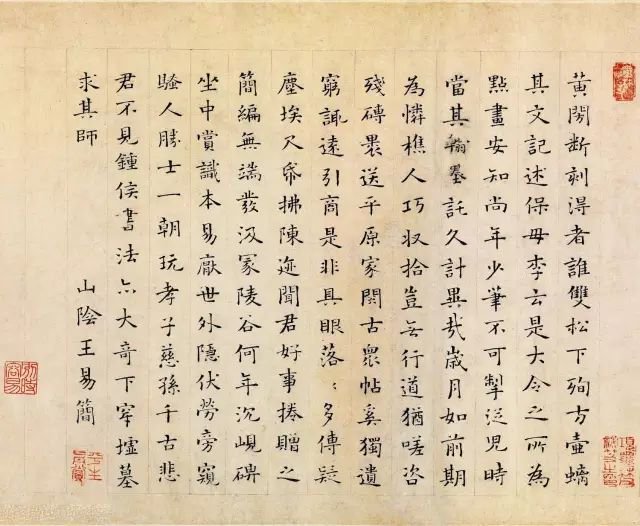
Wang Xianzhi nanny brick with postscript in small regular script written by Wang Yijian of the Song Dynasty, collected by the Palace Museum.
Wang Yijian (date of birth and death unknown, alive around 1279 AD), also known as Wang Jianyi, also known as Wang Jianyi, courtesy name Lide and nickname Kezhu, was born in Shanyin (now Shaoxing, Zhejiang). I was born wise and lonely at a young age. At the end of the Song Dynasty, he passed the Jinshi examination and stayed in seclusion in the south of the city except for the Lord Ruian. Gong Ciqu often interacts with Zhou Mi and is dedicated to discussing matters. He is the author of "Yin of the View of History in the Mountains".
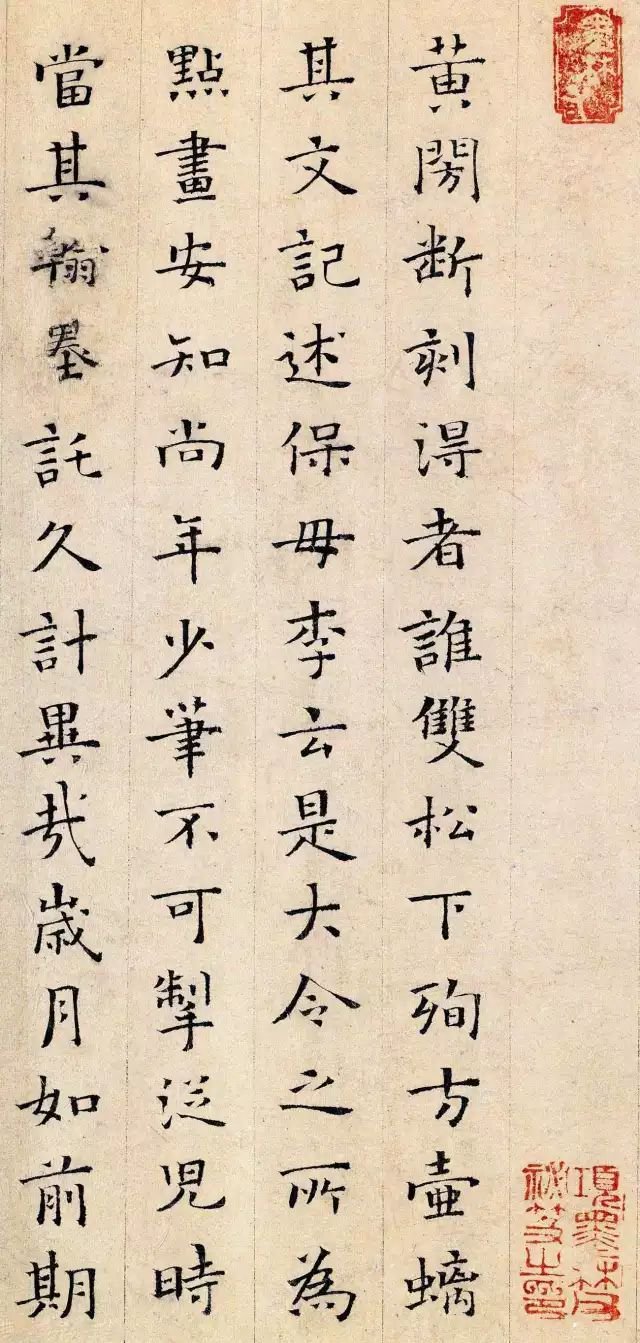
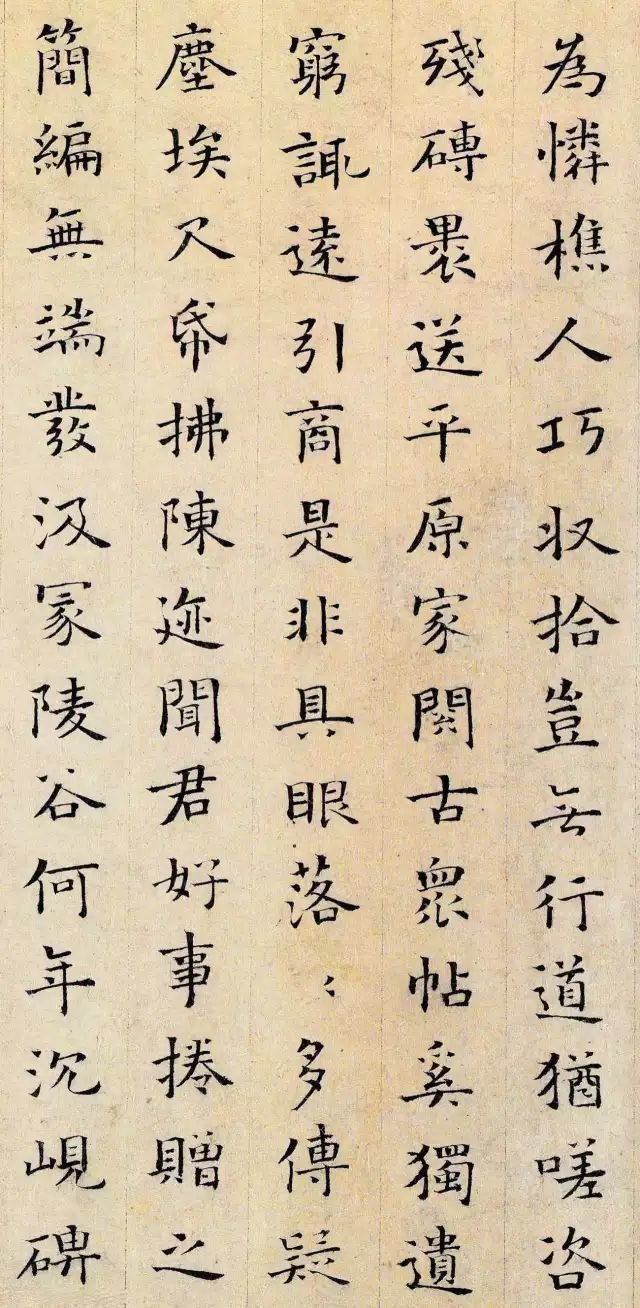
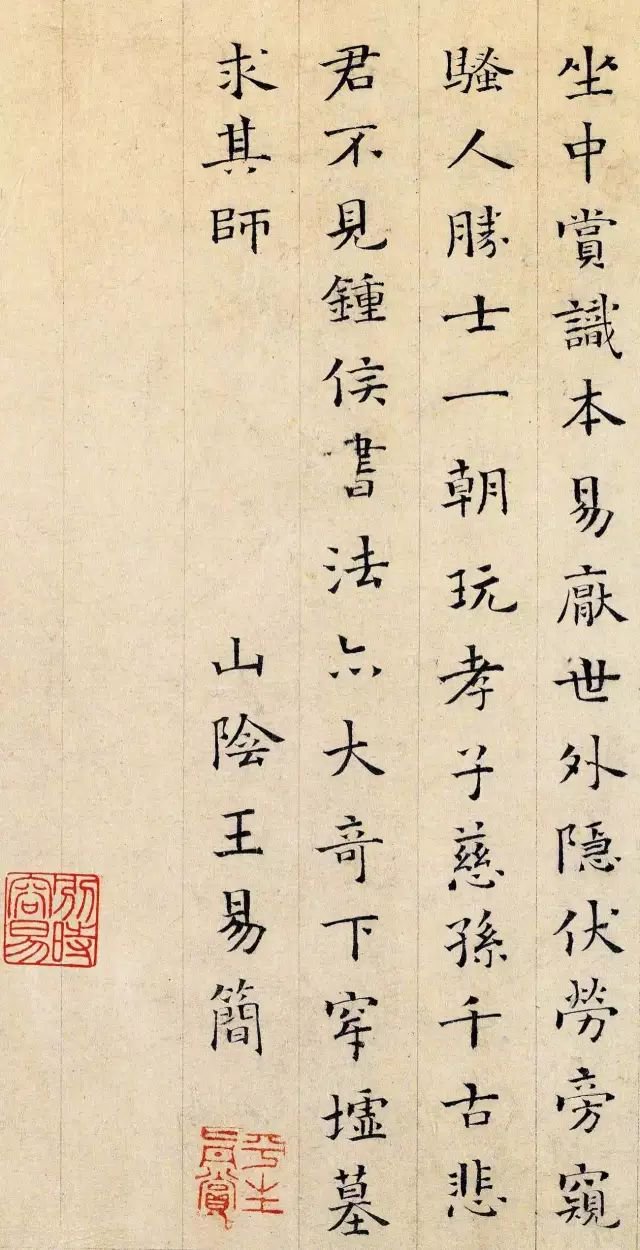
later
This post was collected by Zhao Mengfu of the Yuan Dynasty, so...
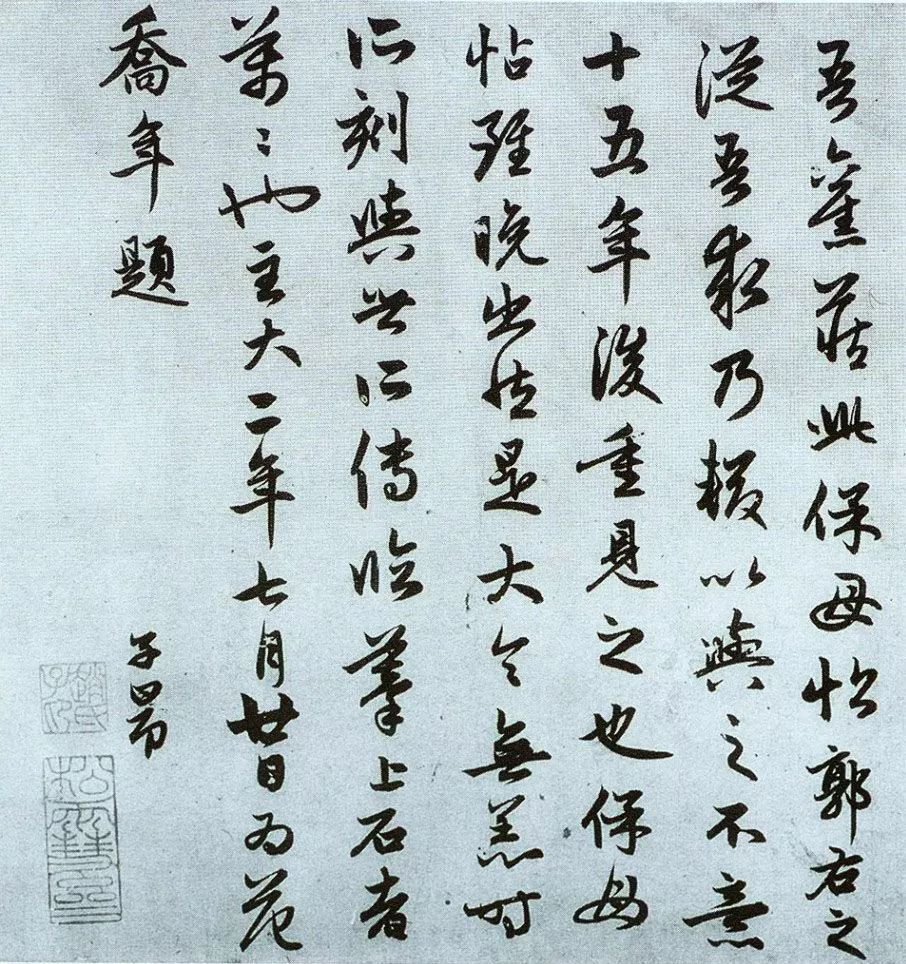
Zhao Mengfu's inscription and postscript to Wang Xianzhi's "Nanny's Note", collected by the Freer Museum of Art in Washington, USA.
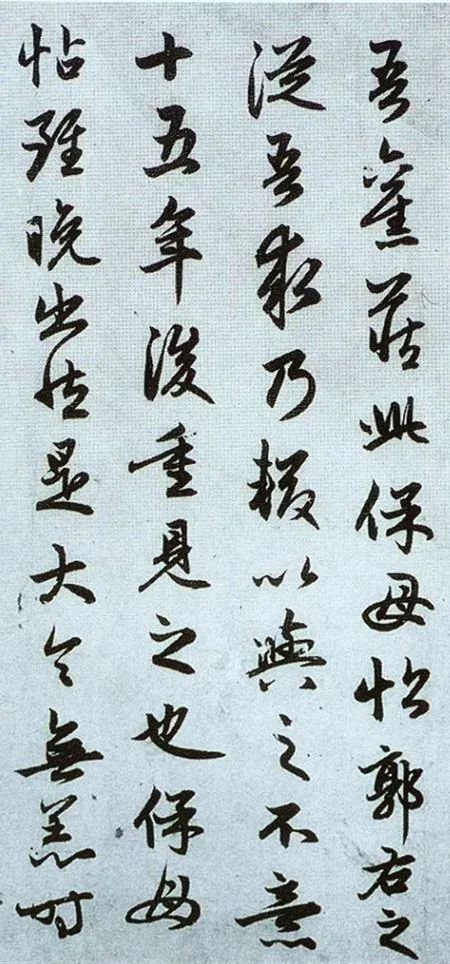
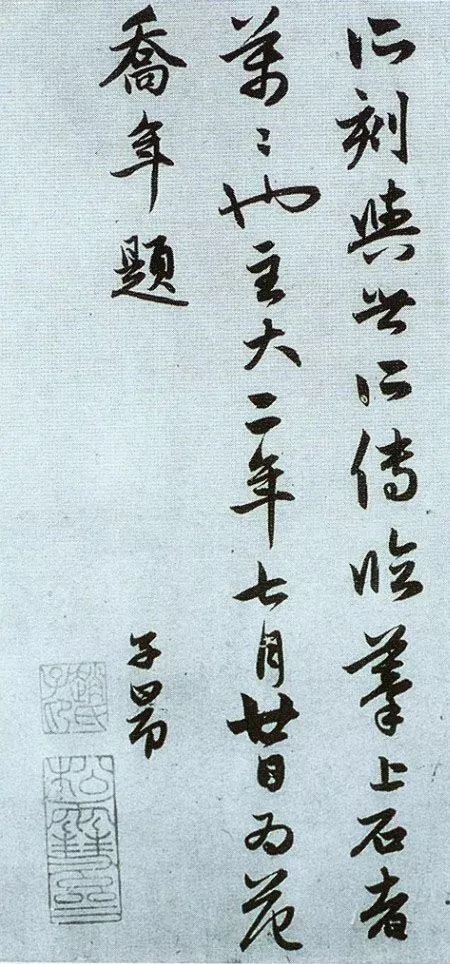
Xian Yushu (1254-1322), courtesy name Boji, also known as Jiezhishanren, was born in Yuyang (now Jixian County, Beijing). He lived in Yangzhou and Hangzhou successively and served as the governor of the eastern Zhejiang Province. In the sixth year of Dade (1302), he was appointed Taichang Dianbo. Xian Yushu also writes regular script, running script and cursive script, especially cursive script. He is as famous as Zhao Mengfu and is both known as the "giant" in the calligraphy circle of the Yuan Dynasty, and is also known as the "Er Miao".
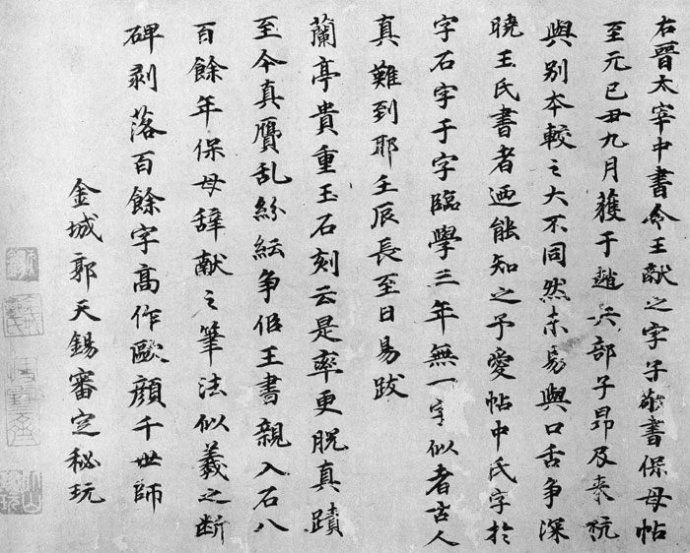
"Wang Xianzhi's Nanny Postscript" by Guo Tianxi (1227-1302, courtesy name Youzhi, nicknamed Beishan, former censor, now a native of Datong, Shanxi, or Tianshui, Shanxi Province) of the Yuan Dynasty, small regular script, on paper.
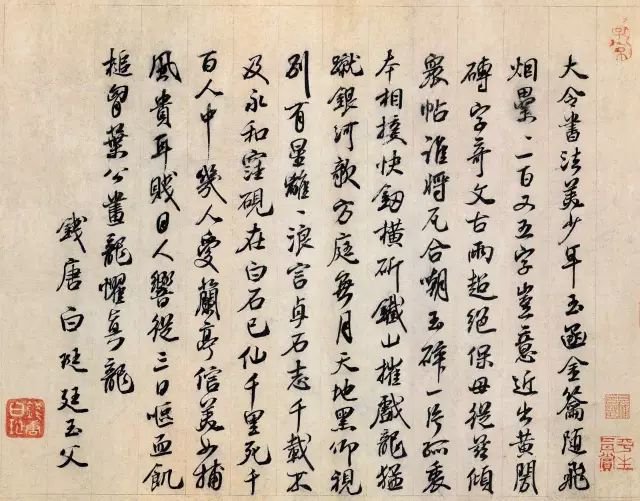
Yuan Dynasty calligraphy inscription Wang Xianzhi nanny brick by Bai Jue, collected by the Palace Museum.
Bai Jue (1248-1328), whose courtesy name was Tingyu and whose nickname was Zhanyuan. A native of Qiantang (Hangzhou, Zhejiang). Together with Qiu Yuan from Tongyi, he is famous for his poetry and is known as "Qiu Bai". He also had profound attainments in calligraphy. People at the time called him "poetry is as good as Tao and Wei, and calligraphy is as good as Yan and Liu."
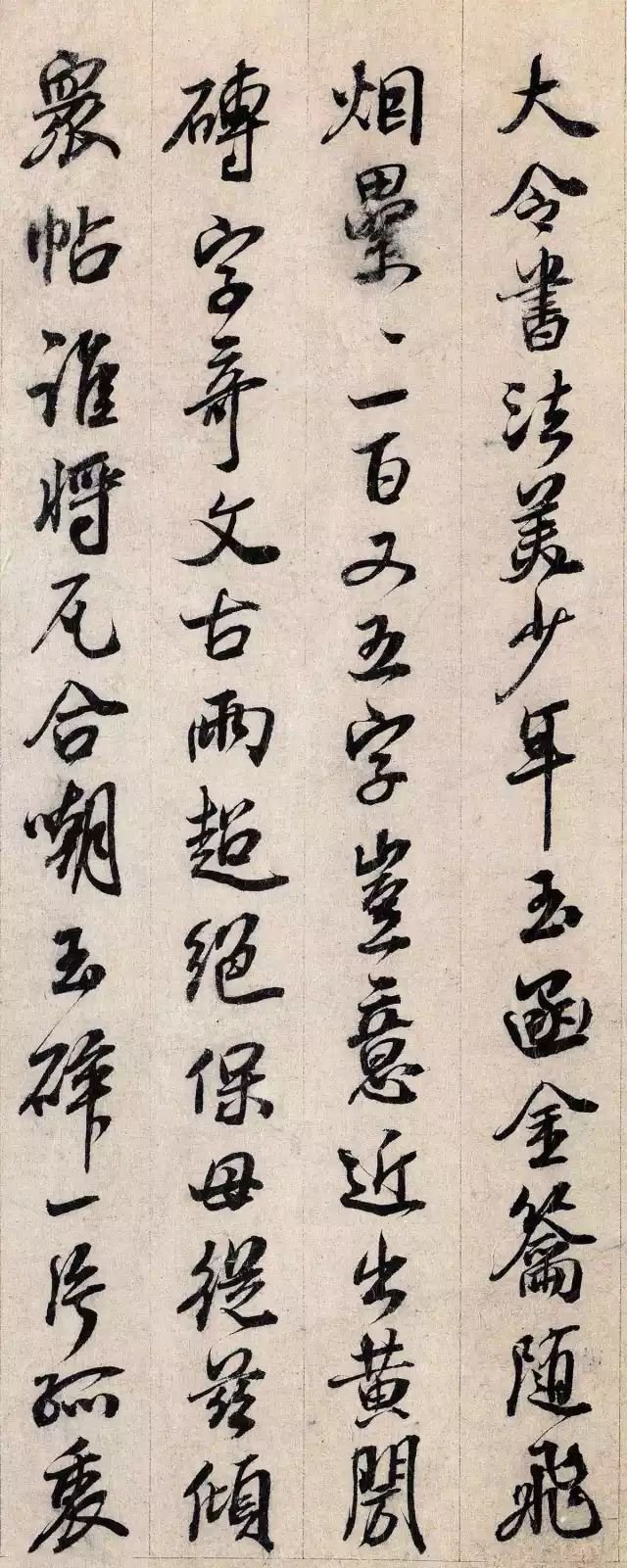
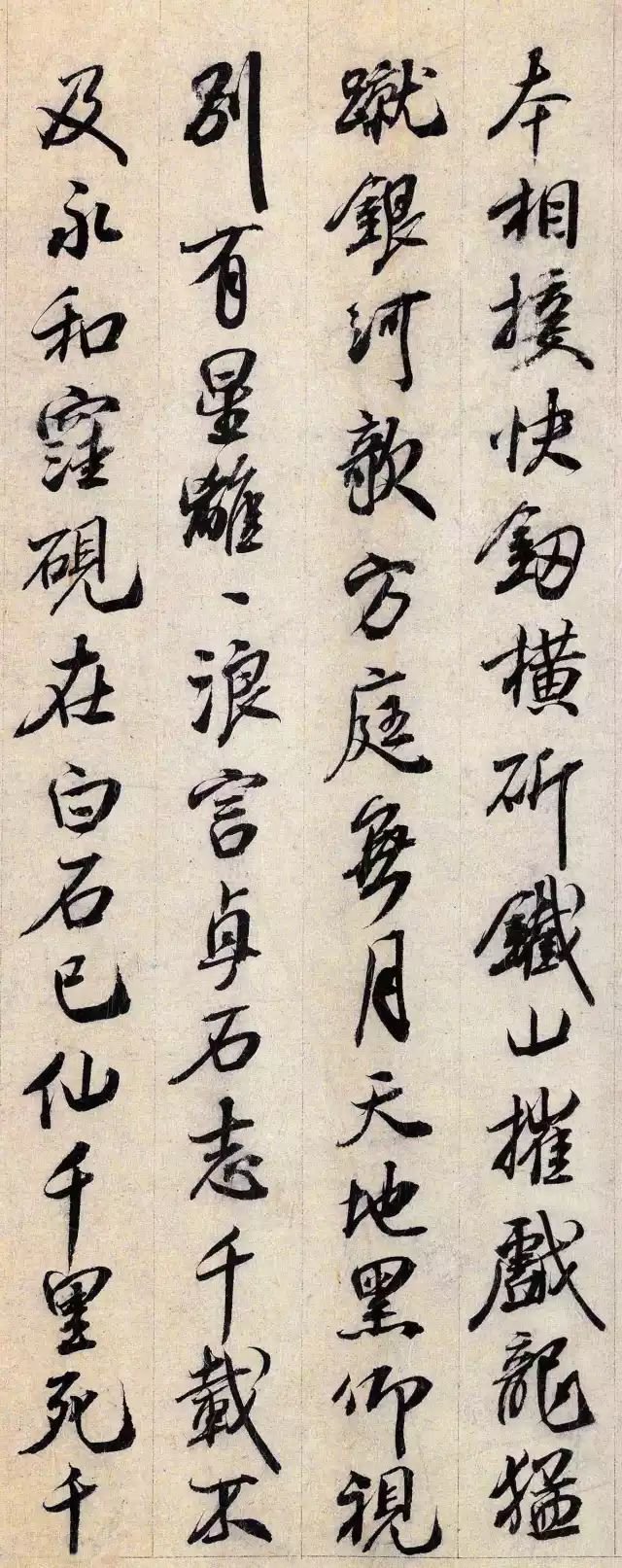
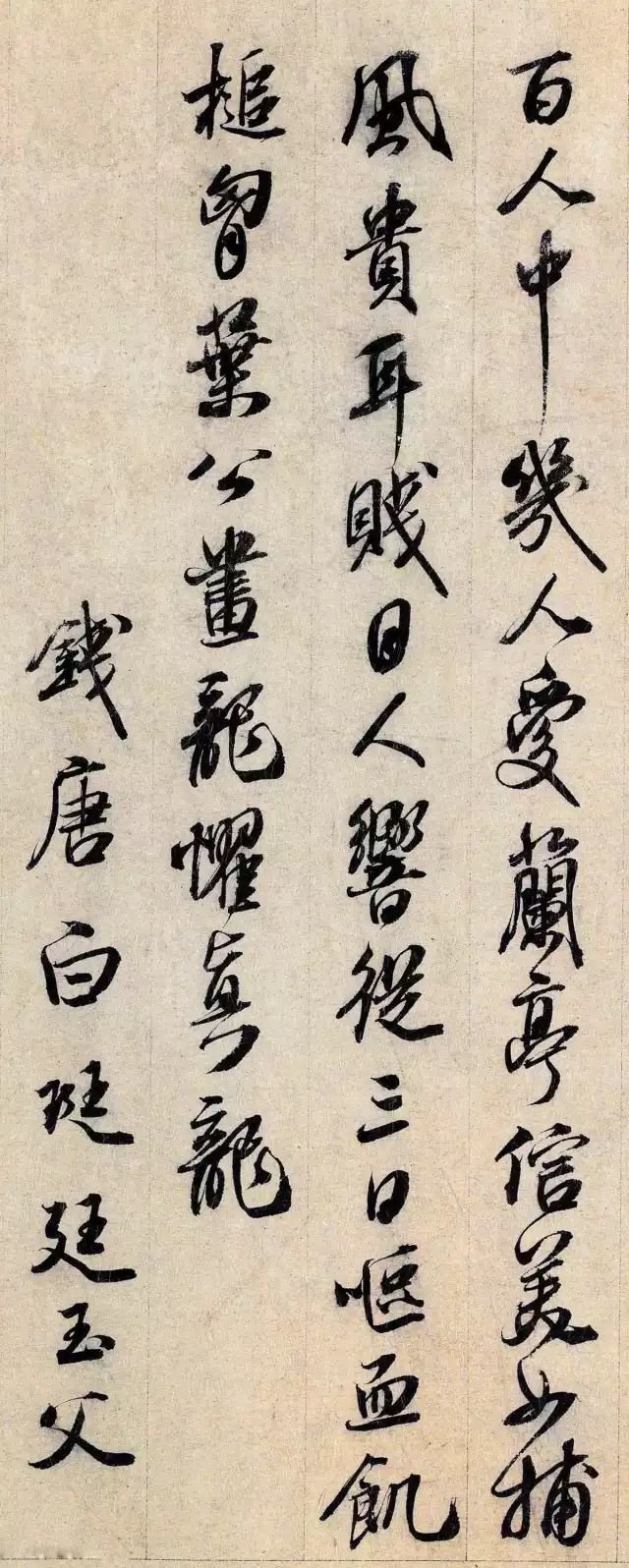
Of course, Emperor Qianlong will not let it go either.
this
Just take a look...

